The United States has long been recognized as the world leader in dairy genetics — backed by years of successful performance from generations of cattle that have been bred for good health and high milk production and quality. Producers benefit from offspring from many sires nationally distributed across many herds, environments, and management types. Producers also benefit from a selection focus on total economic merit: production, type, health, and longevity.
- With the 2nd largest dairy population in the world (9.1 million cows), average milk production is 9,682 kg per cow per year, significantly higher than in other countries
- U.S. dairy cattle perform in all climates: from extreme humidity and heat to extreme cold
- The U.S. dairy industry is the most experienced and advanced in the world when measuring and tracking animal performance
- Independent organizations and specialized agencies, with no commercial interest, are responsible for calculating U.S. genetic evaluations
- U.S. milk production per cow has tripled in the past half-century as a result of improved genetics and management; genetics accounted for 55% of the improvement since the 1980s
- 80–90% of the herds in leading dairying nations can trace their lineage to U.S. genetics
Each Breed Offers Unique Characteristics
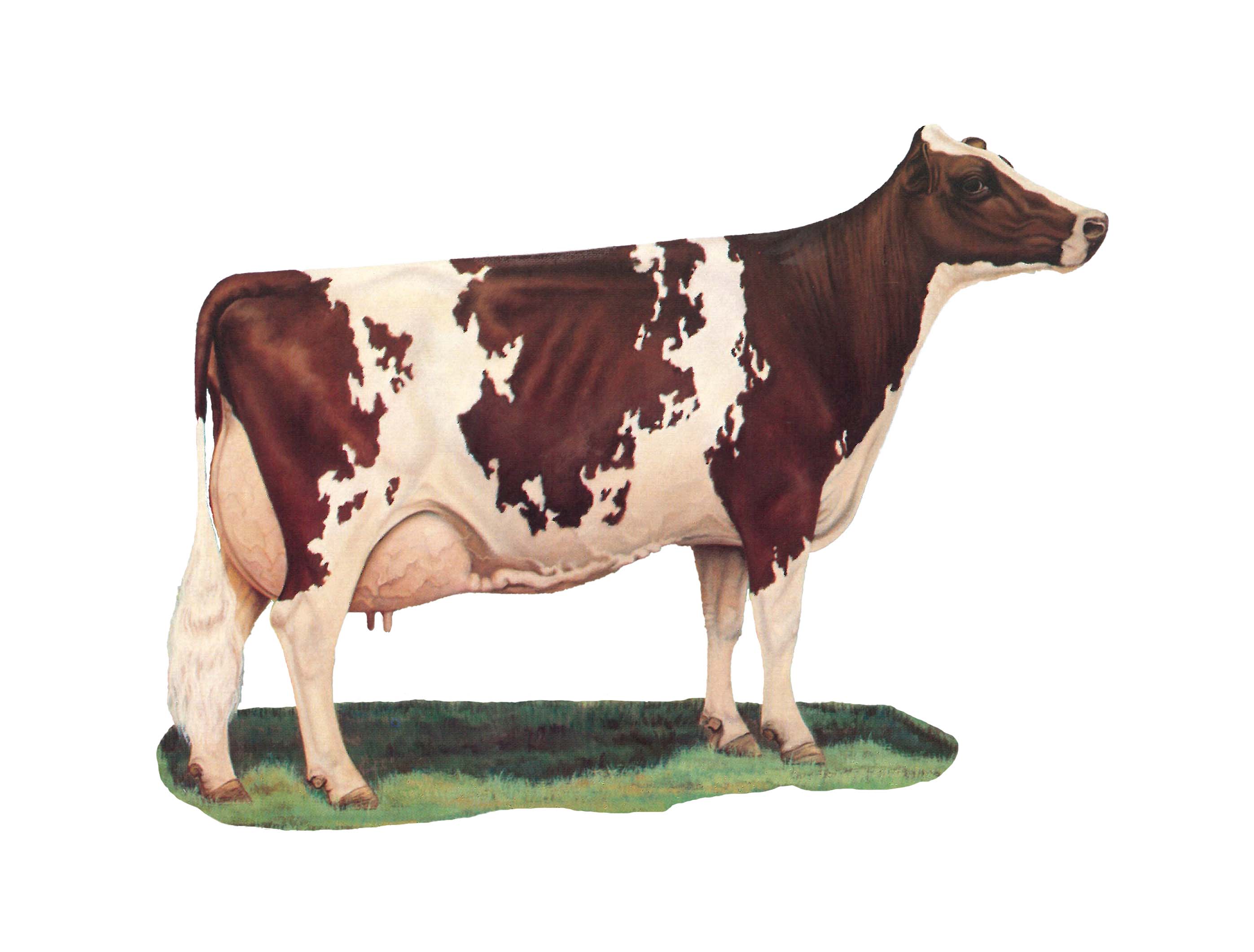
Ayrshires are medium-sized red-and-white dairy cattle that excel in udder conformation and are not subject to excessive foot and leg problems. They are strong and rugged with vigorous calves. Ayrshire adaptability to all management systems makes them outstanding commercial dairy cattle with competitive butterfat and protein components, low somatic cell count and efficient feed conversion.
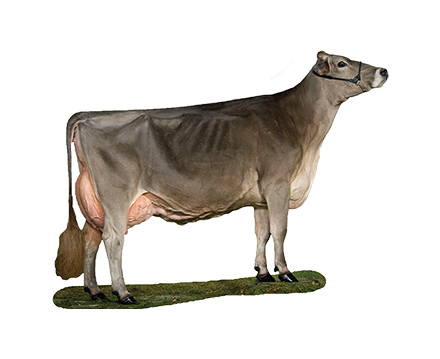
Brown Swiss adapt well to high altitudes and hot or cold climates while producing large volumes of milk ideal for cheese-making. They have a unique ability to yield high components with an ideal fat-to-protein ratio and high prevalence of BB kappa-casein and A2A2 beta-casein. Correct feet and legs, well-attached udders, and dairy strength contribute to exceptional productive life.
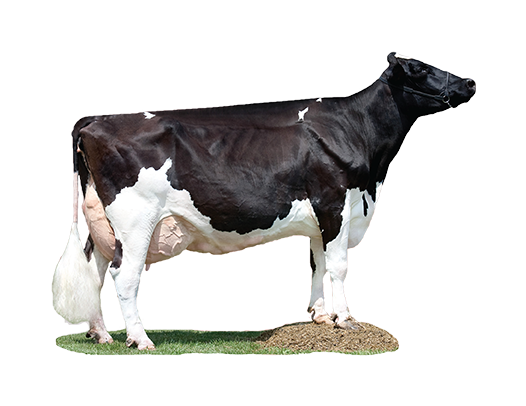
Holsteins are large dairy cattle with color patterns of black or red with white. Top cows milked 3 times daily have produced over 72,000 pounds (32,700 kg) of milk in a year. Holsteins dominate U.S. milk production because of high production, more income over feed costs, superior genetic merit, and adaptability to many environmental conditions.
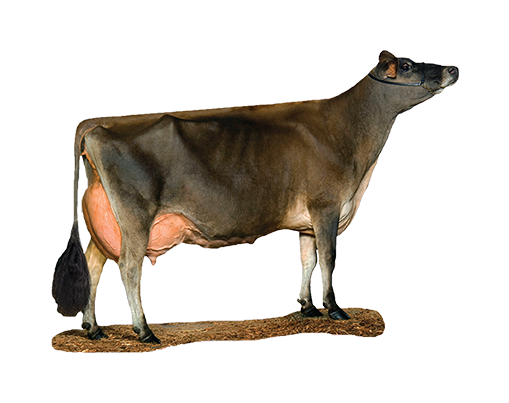
Jerseys were developed to be “less cow to feed, more cow to milk.” They produce the highest quality milk for human consumption, and their milk increases product yields and manufacturing plant efficiency. Jerseys have few calving problems, greater fertility, shorter calving interval, and earlier maturity while adapting to all management systems.
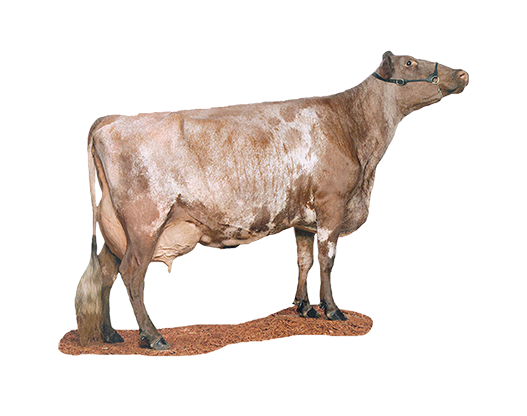
Milking Shorthorn cattle are best known for their versatility. These red, red-and-white, or roan cattle efficiently convert feed into milk and have a long productive life with a high cull value. Other Milking Shorthorn attributes include grazing efficiency, production potential, disease resistance, calving ease and interval, and milk quality.
 Skip to main content
Skip to main content
